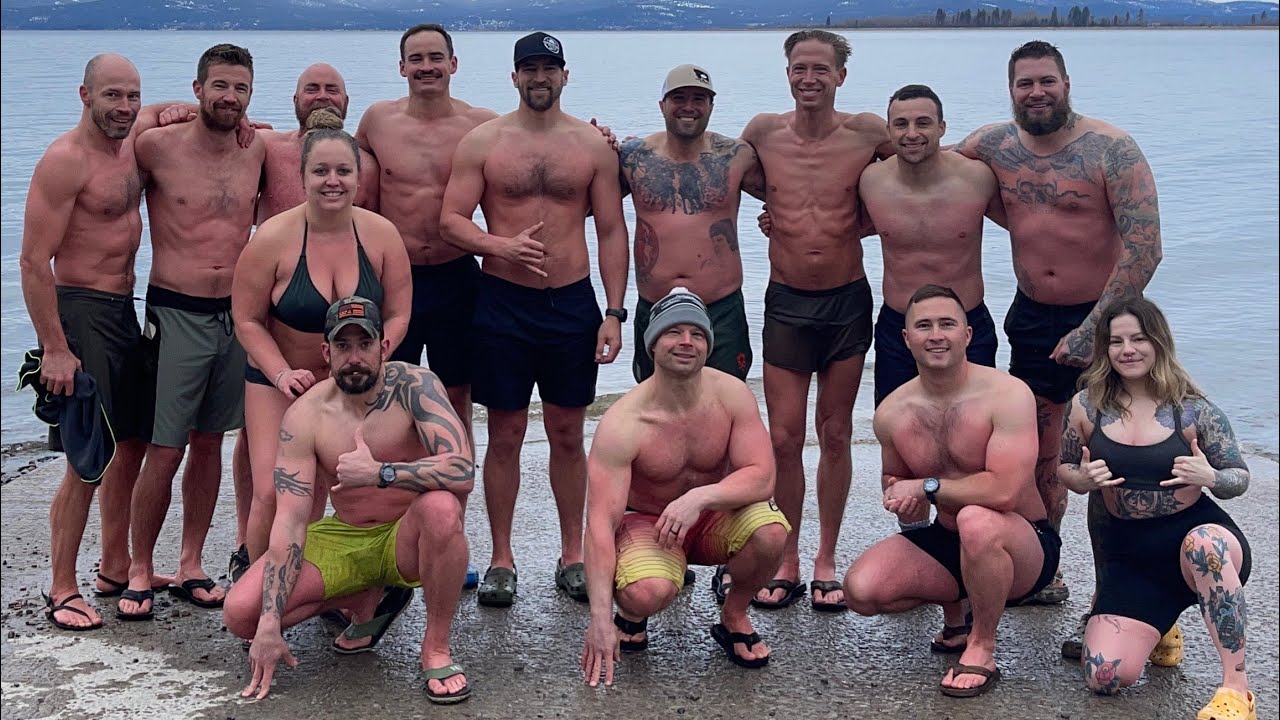If you were born in the 80s, or early 90s for that matter, you may know all about toying around with flight simulators. Raise/lower the flaps, disengage the wheel brakes, start the throttle, pull back on the joystick. Yeah, it was that simple. Ah, I can remember it fondly, the heavily pixelated clouds lagging across the screen as the polygon world was your oyster to explore – in limited detail.Fast-forward two decades and enter the “Kraken.” The brilliant Naval Medical Research Unit scientists at Wright-Patterson Air Force Base have created the ultimate flight simulator. Utilizing break neck engineering, that focuses on replicating real world flight variables, they are attempting to combat Spatial Disorientation (SD) that all pilots suffer when operating flight craft. See the promo video below:
DVIDS Video By Matthew Clouse & John Harrington - 88th Air Wing Base
What is Spatial Disorientation?
Well, before seeing the video I didn’t realize it was even a thing either...damn you antiquated Flight Simulator! According to Dr. Henry Williams, a Senior Research Psychologist with the Naval Medical Research Unit, Spatial Disorientation is something all pilots suffer from and is the leading cause of pilot death or aircraft destruction. It occurs when a healthy pilot is undergoing the natural forces imposed on their body and minds while conducting air maneuvers. Basically, when the forces fall on the body, the mind reacts and causes illusionary responses that aren’t in line with reality. In laymen’s terms, the pilot starts to think the plane is doing things that it is not, causing them to make unnecessary and oftentimes fatal evasive maneuvers.

How Does the Kraken Combat SD?
The Kraken is able to simulate these situations by controlling the six “dimensions” of air travel within it’s robust engineering: Roll (360 degrees capable), Pitch (360 degrees capable), Yaw (360 degrees capable), Horizontal (33’ of travel), Vertical (6’ of travel), and Planetary (360 degrees capable). Not to mention the fact that the Kraken can achieve simulated 3G’s of force in under 5 seconds.These are the “limitations” of the actual engineering of the Kraken, but relying on flight data and simulators they can interlope the aforementioned “limitations” of the Kraken platform, creating a physiological realistic setting. Essentially, they can make it as real as possible, without having a pilot flying an actual plane. This way they can study the effects of Spatial Disorientation on a healthy human pilot form the safety of a sterile lab type setting. Here is another “B-Roll” video of the Kraken Disorientation device:
DVIDS Video By Matthew Clouse & John Harrington - 88th Air Wing Base
What Kind of Progress Can the Kraken Provide?
The data and scientific breakthrough possibilities are endless, not to mention the prevention of further Class A Mishaps. According to Charles Powell, a software systems engineer on the Kraken Disorientation project, teams of physicists, motion experts, and computer engineers are “coming up with math that doesn’t even exist right now.” Basically, the discoveries made through the Kraken could shape the way we calculate velocity related physics in general.The types of aircraft the Kraken can simulate are endless, according to Captain Richard Folga. Captain Folga is the Program Manager for the Kraken and states that because the controls are interchangeable and reconfigurable, whether it’s a stealth fighter or a helicopter, all specialized pilots can receive training.
Sorry, I Couldn't Help Myself...
https://www.youtube.com/watch?v=ZzQ3eBerHfMJust watching the Kraken in action pitted my stomach and sent me scurrying for a paper barf bag, but then again my only “piloting” experience was on a Gateway 2000 PC with 64 Mbs of RAM. Regardless, I would love to get the chance to play around in that beast. Just throw on some aviator sunglasses and plug in a cassette tape of Kenny Loggins' “Highway to the Danger Zone." I'd probably projectile vomit all over the millions of dollars worth of equipment…which now that I think about it, is perhaps why only trained Air Force pilots are allowed to participate.Anyways, this is just one more fascinating bit of engineering the military is using to help safeguard their most valuable weapon, the human soldier/pilot. In conclusion, don't forget to hit "G" on the flight simulator keyboard - that landing gear can get quite sticky sometimes...



%201.svg)









